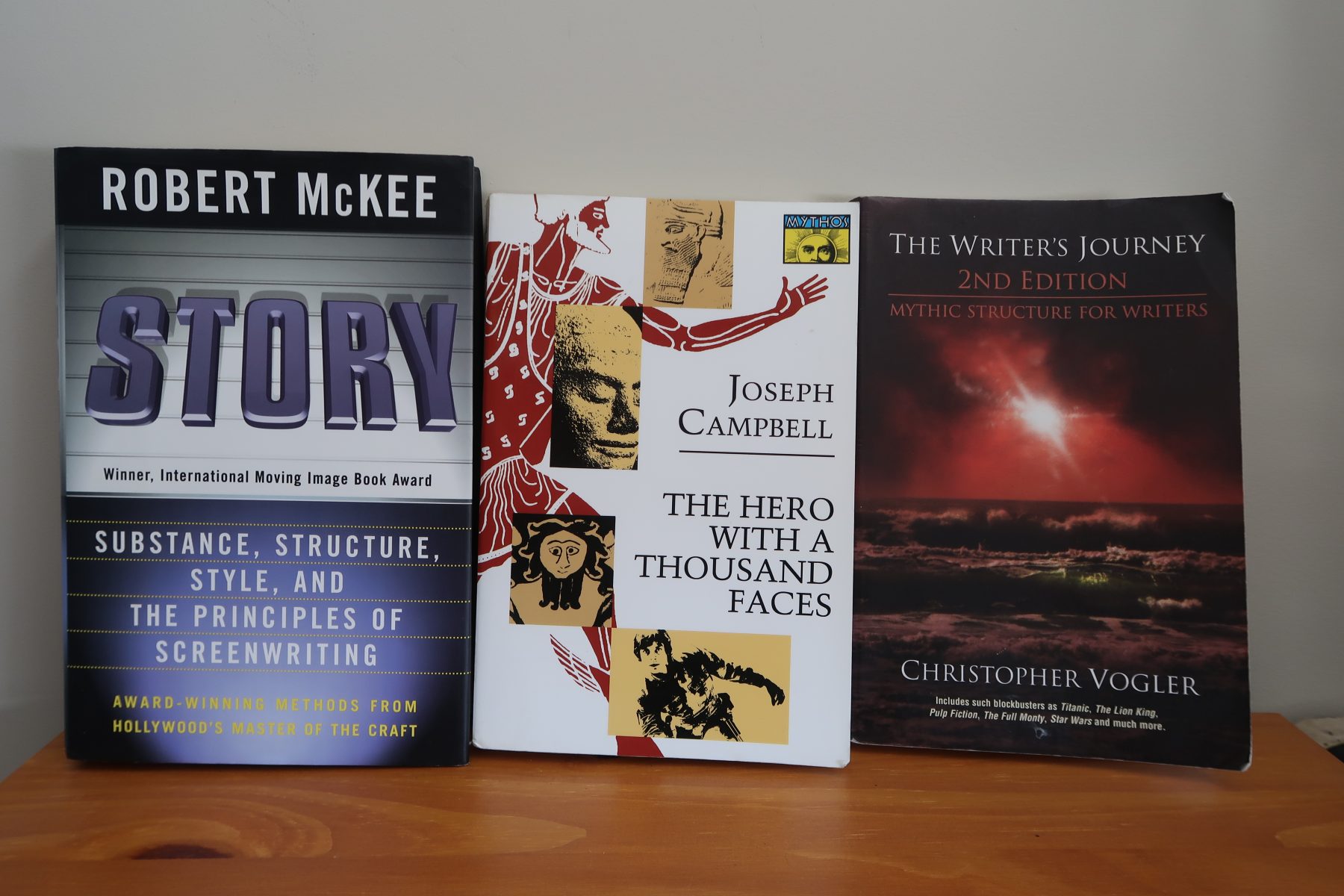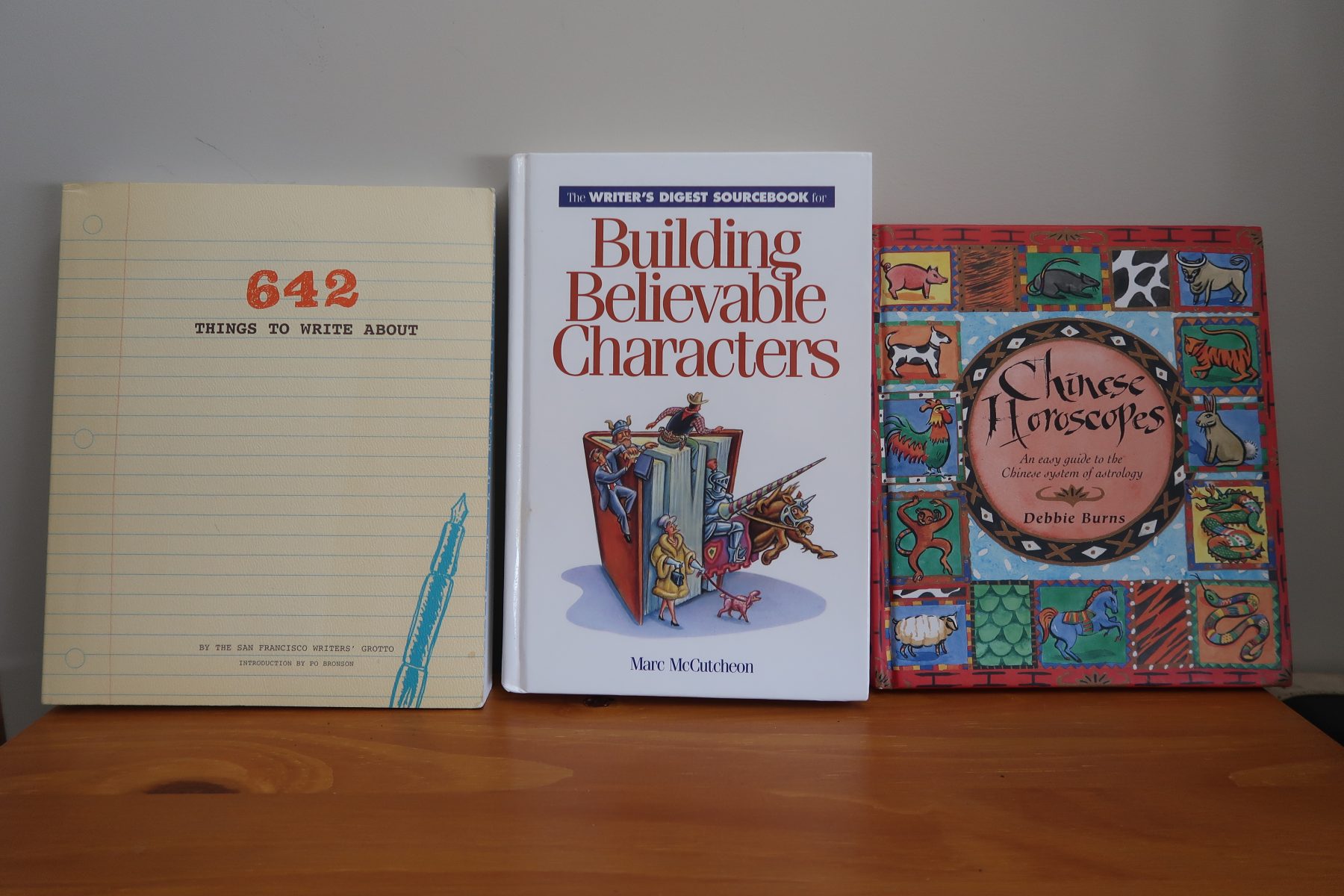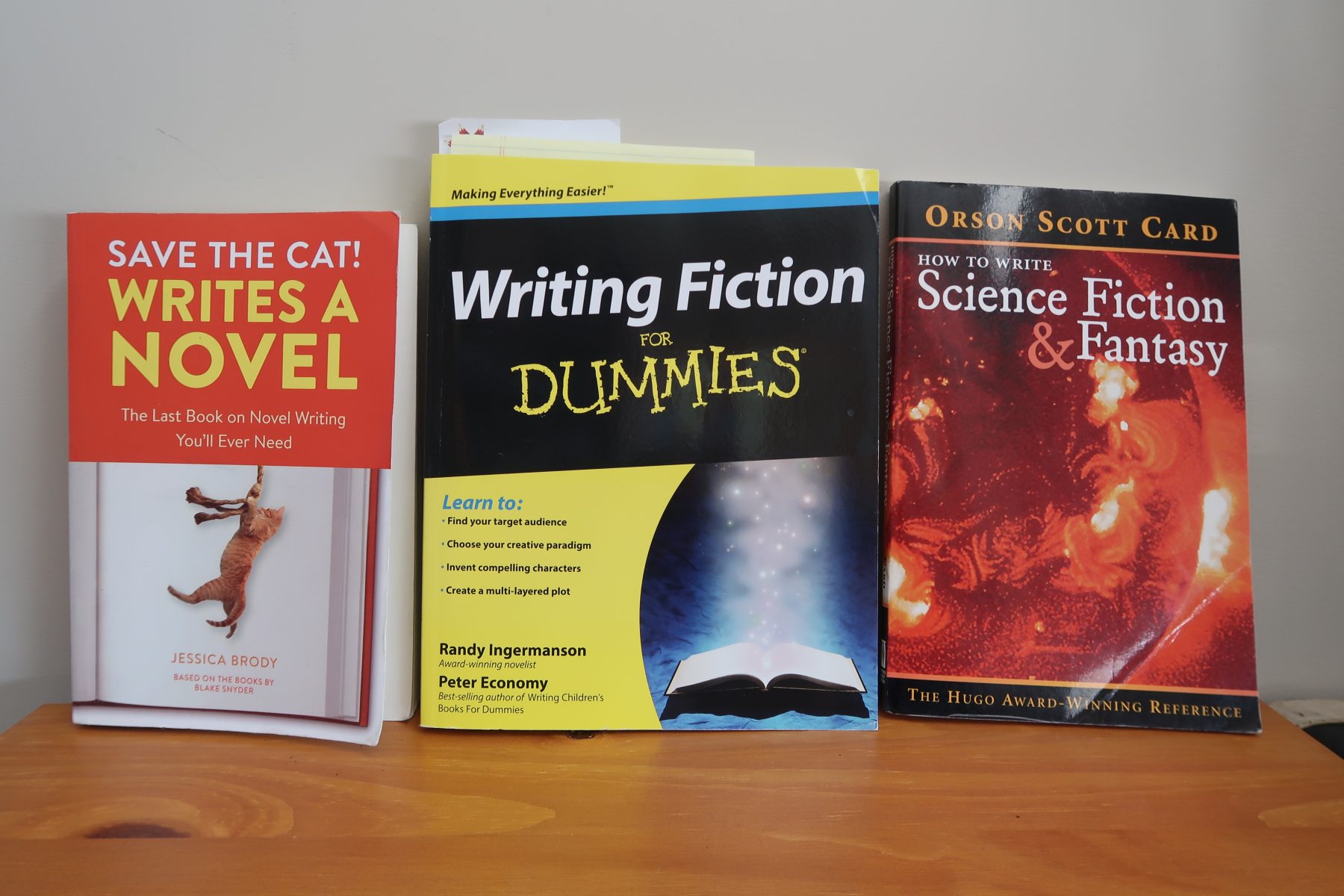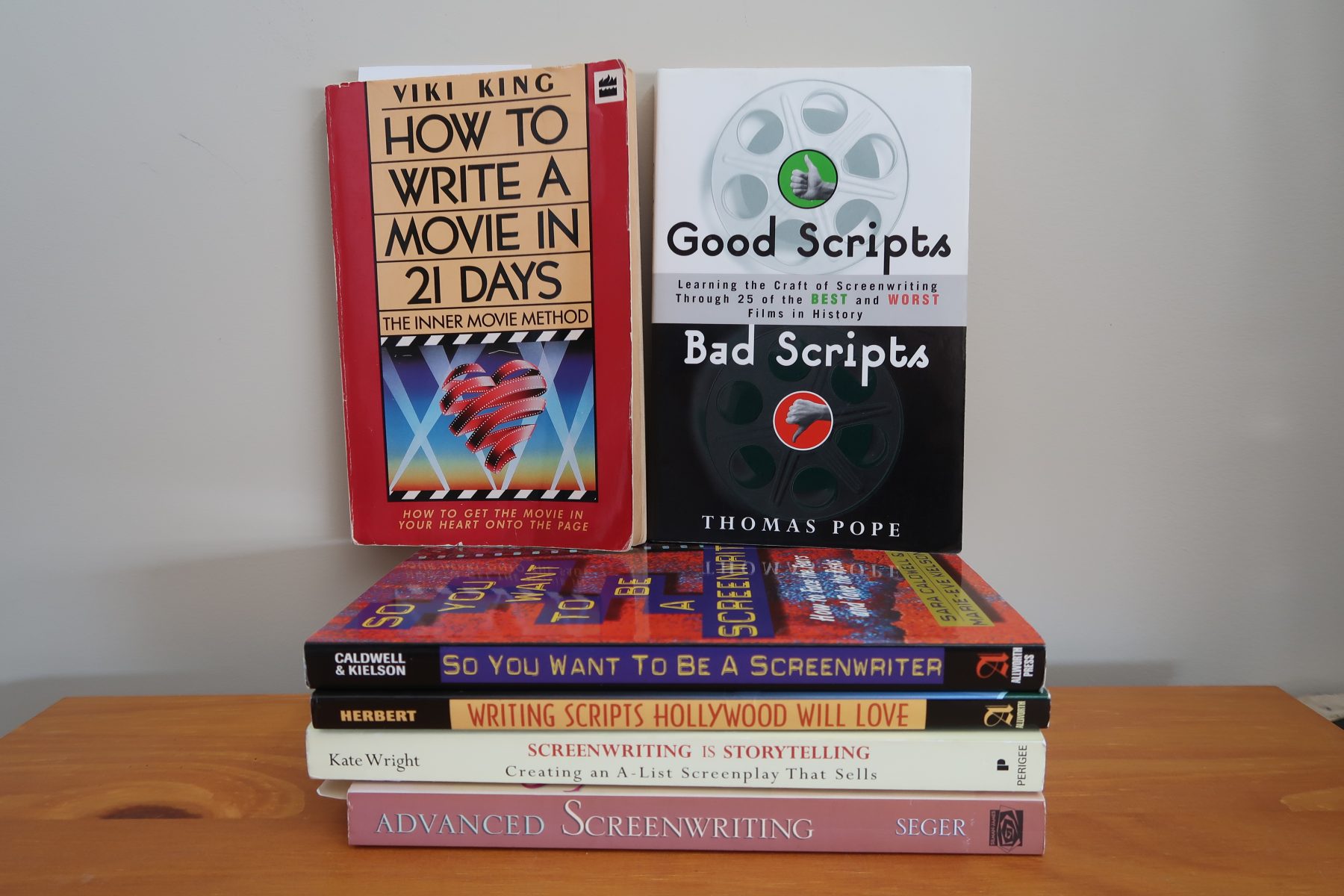This is the process I used for finding and hiring an illustrator for my first children’s book: Sleepy Baby Samurai and the Magic Painting. I’m sure everyone’s process is different and mine may not be the “right” way. But I’m extremely satisfied with how it turned out and learned a lot!
Step 1: Research & References
To begin, I needed to have a solid idea of the type of illustrations I like and was seeking for this particular book. That meant looking through all of my favourite picture books and analyzing what I liked and why. I also started building a reference library of images that continued to grow during the illustration process. In total, I collected 180 reference images, which I organized into 11 different folders/categories, such as: Cover Design, Environments, Characters, Clothing, Hair Styles, etc. These images were used as a guide or inspiration, rather than me saying: “Just copy this.” Sharing visual references with the each other was a convenient way to help express ideas and answer questions.
Step 2: Ask Other Authors
I wanted to find out how other children’s book authors selected and collaborated with an illustrator. I am fortunate to know another author: K.L. Harris, who provided many insights into the process of creating her book: The World is Full of A**Holes (which I own and recommend). I also took an online course: The Illustrator Survival Kit by Eevi Jones, and Eevi also responded to a question I had via email. She has a wide variety of courses on writing children’s books. You can clearly see how she has helped many new authors write, publish, and market their books. Mentors are incredibly valuable!
Step 3: Contact Illustrators Directly
By browsing sites like Instagram, LinkedIn, and Artstation, I was able to find a handful of talented artists with work that matched my goals. I also asked some of my artist friends and former students with fine art backgrounds for recommendations. The challenge with this method was some artists were too busy or too expensive for me. Only 2 artists made it to my shortlist through direct messaging. Thanks to Ya-Wen Liu (a talented artist herself) for an especially good recommendation!
Step 4: Create a Job Posting
To increase my options, I created a free account and job posting on Freelancer.com. It’s a convenient website for both artists and clients seeking artists to gain international exposure. I shared my basic book concept, budget, and timeline so interested artists could share their bids with me either publicly or privately, based on their preference. Here is my personal referral code if you’re interested in signing up and receiving some $$ for your own project! In total, I received bids and communicated with 80 artists from around the world through this website.
Step 5: Ask for a Sample Illustration
It is fairly standard practice to ask for a sample illustration from artists you’ve never worked with before. Some only shared previously completed work, one would only provide a pencil sketch, and 10 artists sent me a custom, full colour illustration. Since this is basically free labor, I didn’t want to make it unnecessarily time-consuming. Asking for one character and one environment piece (a tree) was enough for me to make a decision, even though many respondents went above and beyond this request. The sample illustration also gives both artist and author a good sense of what it will be like to work together: promptness, communication style, and professionalism (or lack thereof). I really enjoyed seeing many different styles and interpretations, and have saved the contact info of artists whom I’d like to work with in the future on other projects.
My Sample Illustration Prompt & References
After walking down a dusty path, a 2-year-old Japanese boy in traditional clothes stops to look up with wonder at a very tall tree.
Criteria:
I only need to see the boy and the tree, other details around them aren’t necessary. Please look at the references for inspiration. I’m also looking to see your own style too. The tree should look large, beautiful, painterly, and not frightening. The boy should look small, cute, young, curious, and have personality. He should look less painterly and more like he was drawn with pen or pencil. You may use whatever medium/tools you prefer to draw/paint with. Please let me know if you have any questions. I look forward to seeing what you create!
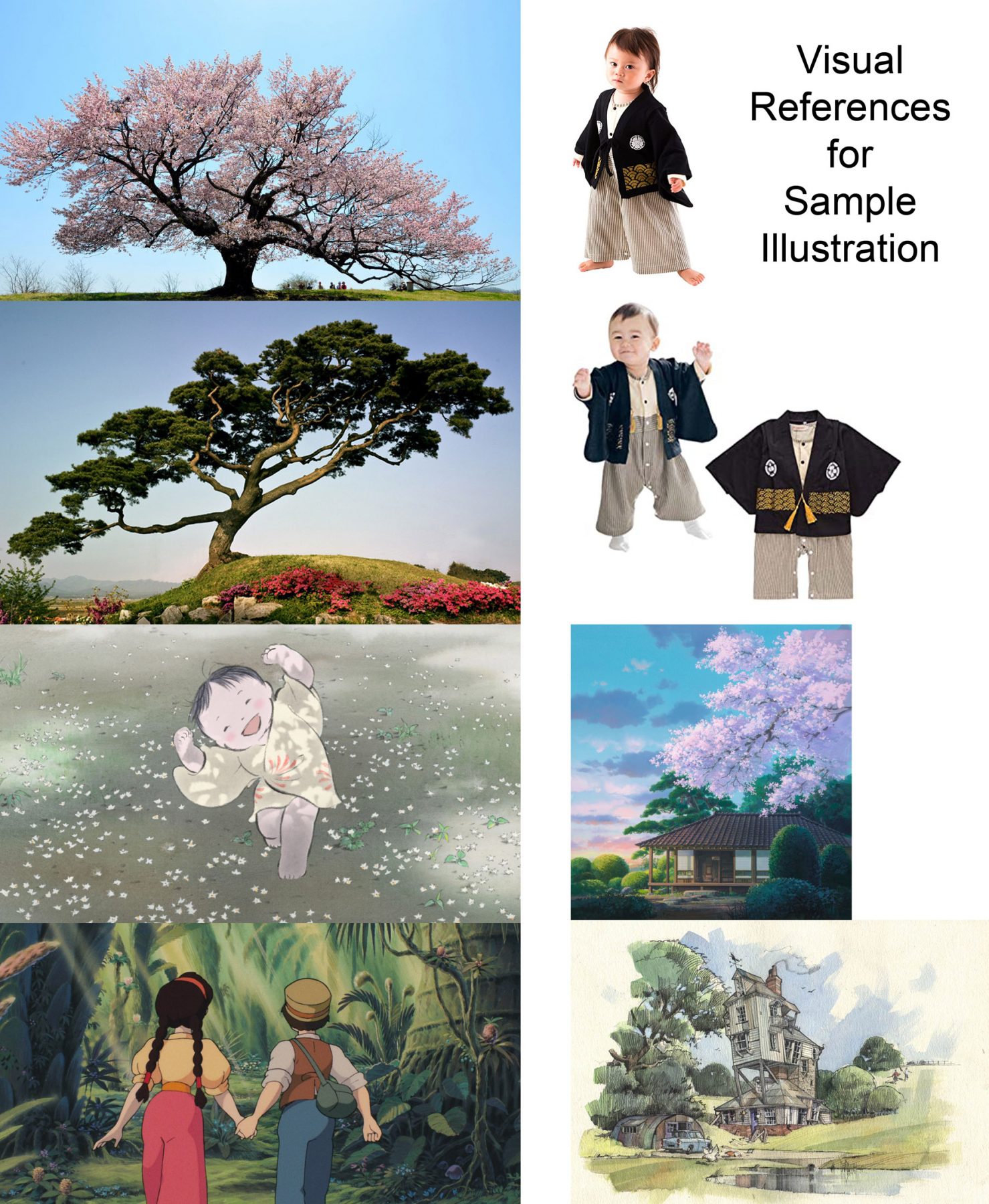
Shortlisted Sample Illustrations
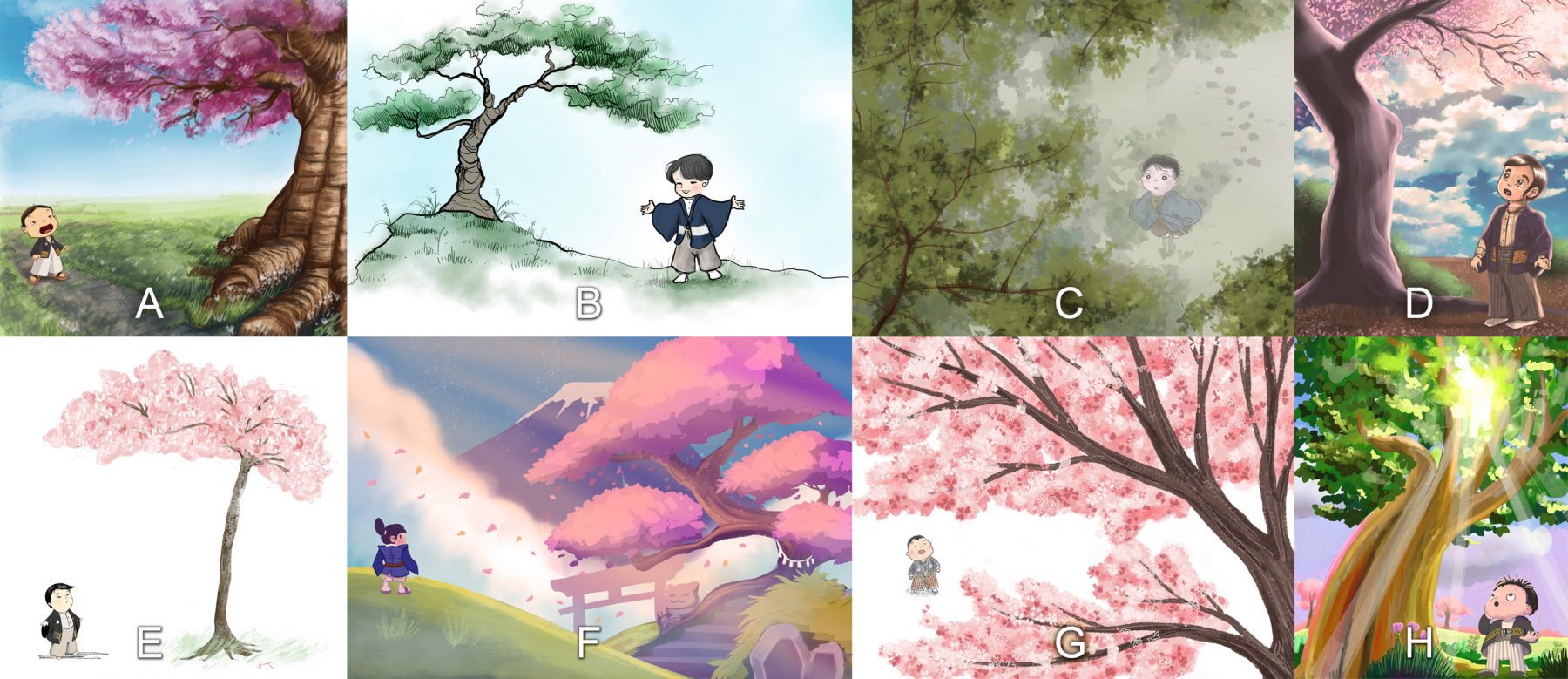
Final Step: Make Your Decision
I shared these sample illustrations with several people whose opinion I trust. The vast majority preferred illustration G (by Duha Lee) overall, with illustration C (by Cecil Lu) being a close runner-up. Duha also exhibited the most enthusiasm for the project and has personal connections to the story, so I felt like she was the natural choice for this book. It’s been incredibly validating working with her and I can’t wait to share her beautiful work with you when the book is published! (Update: It’s published and available here now!)
